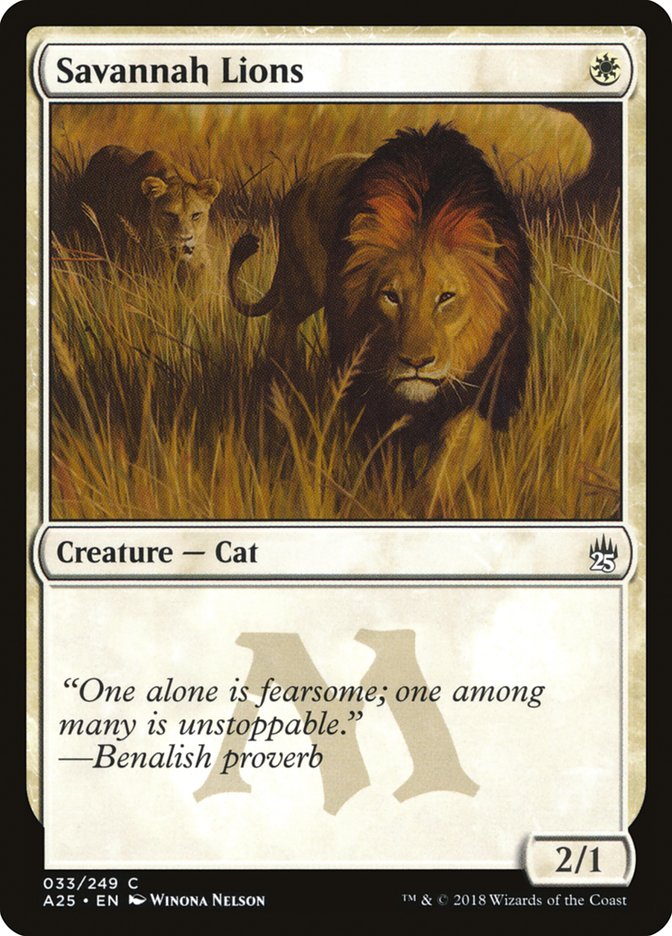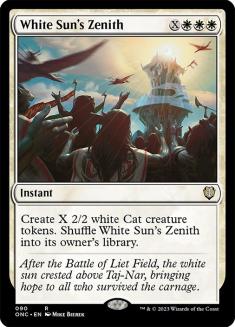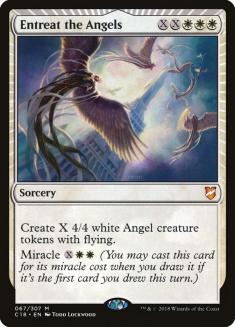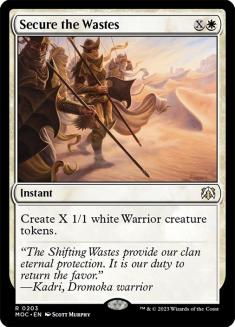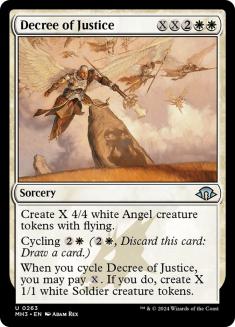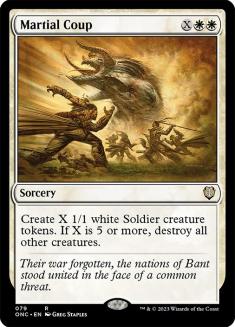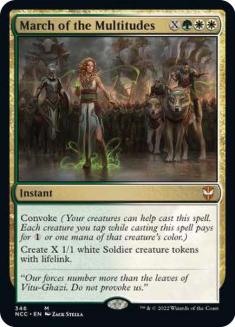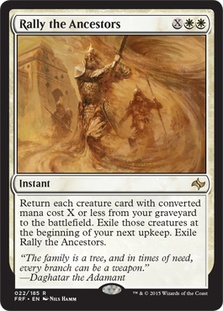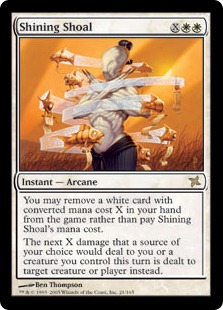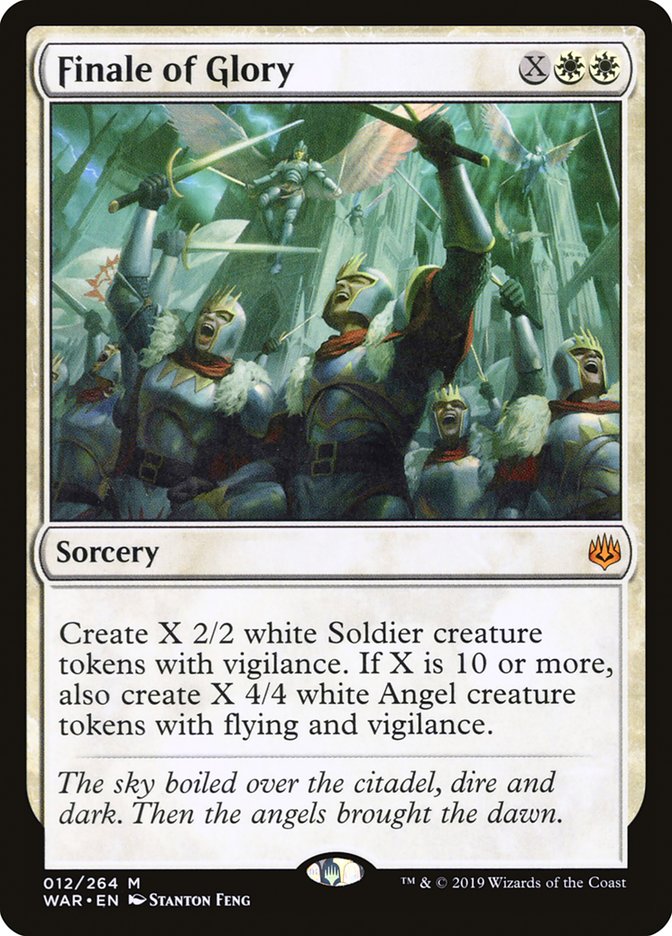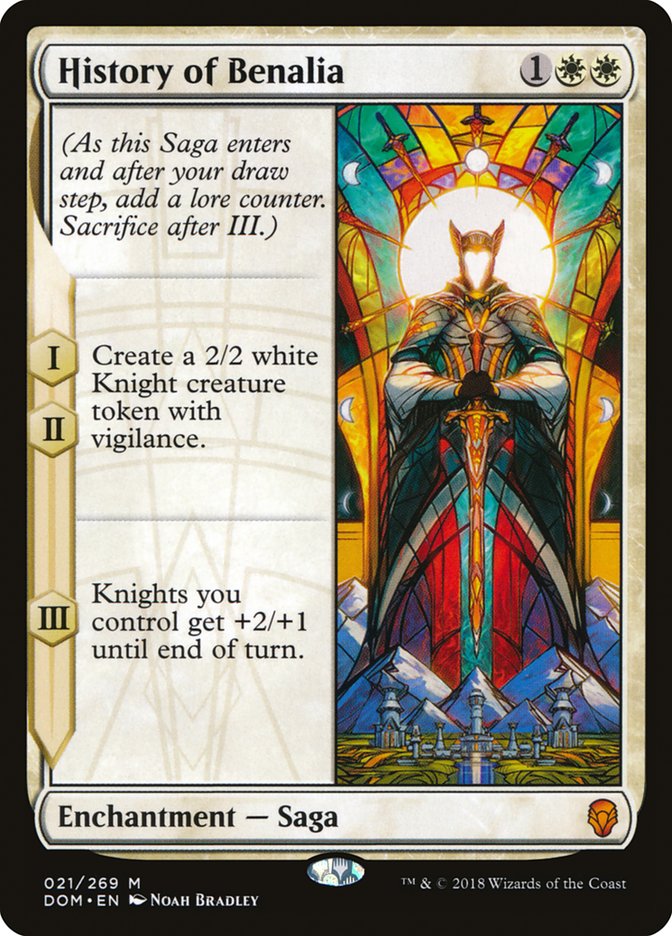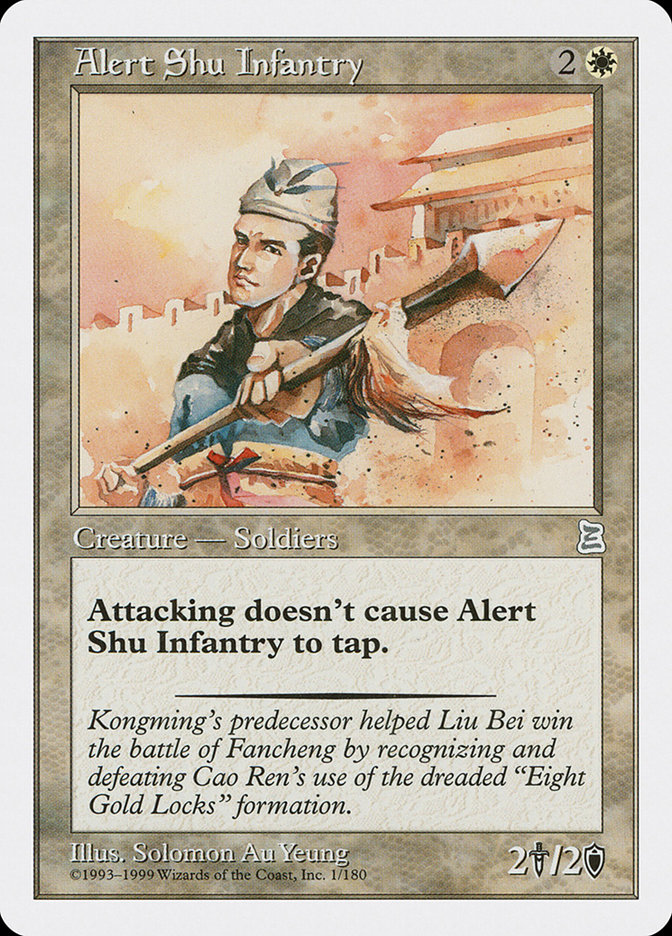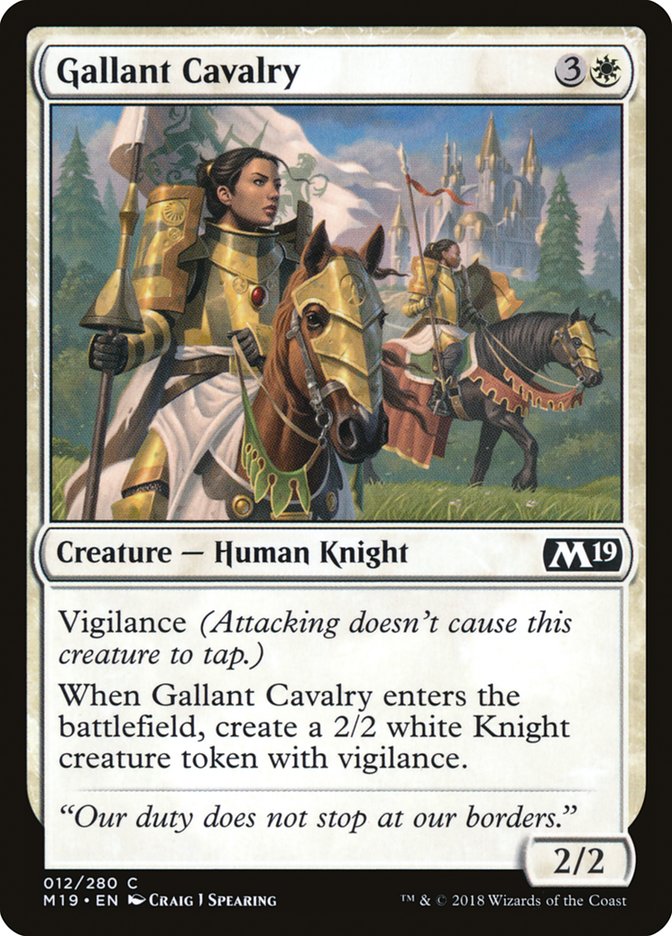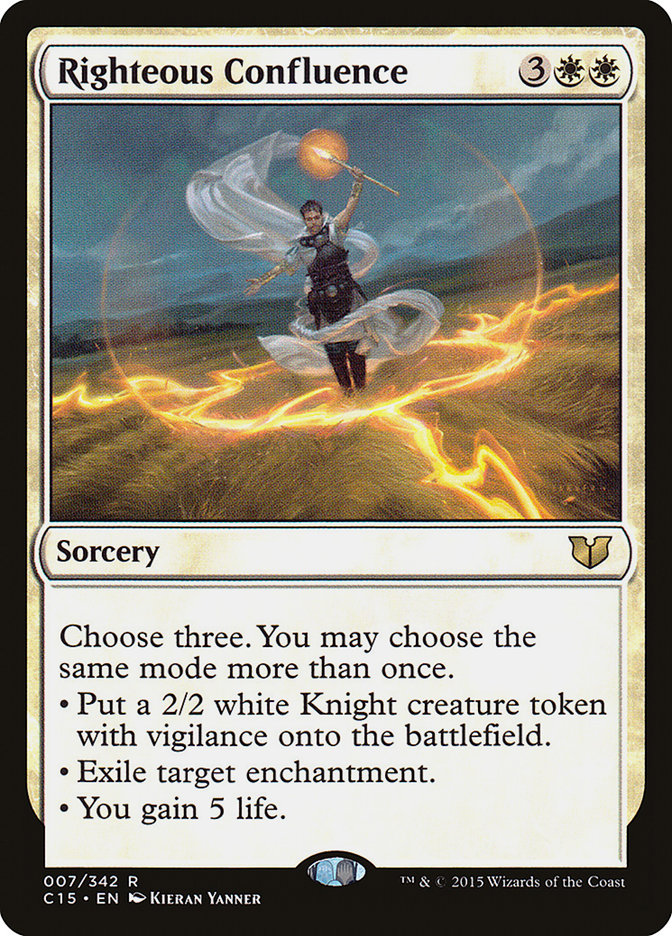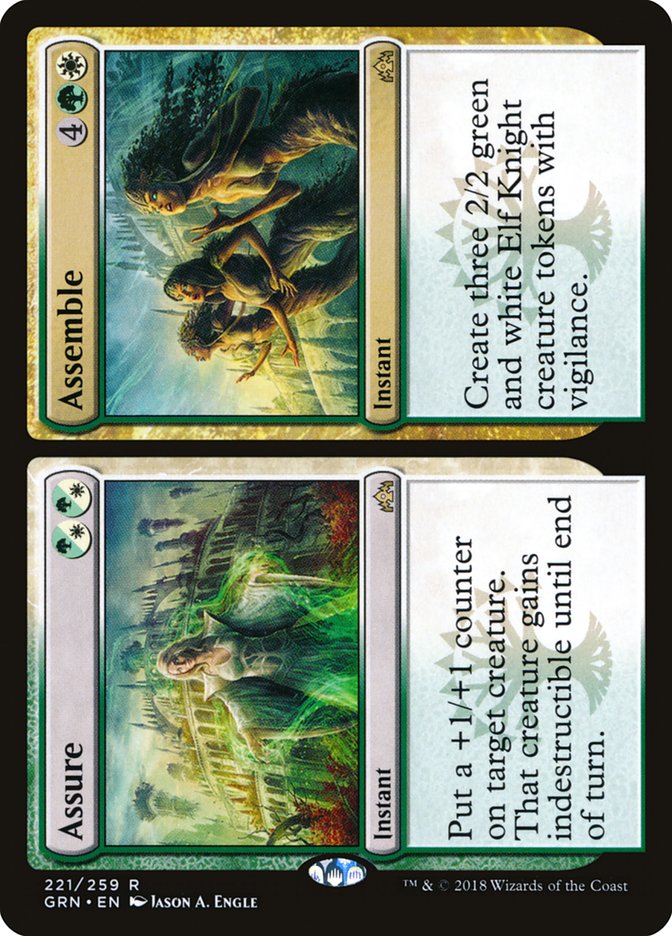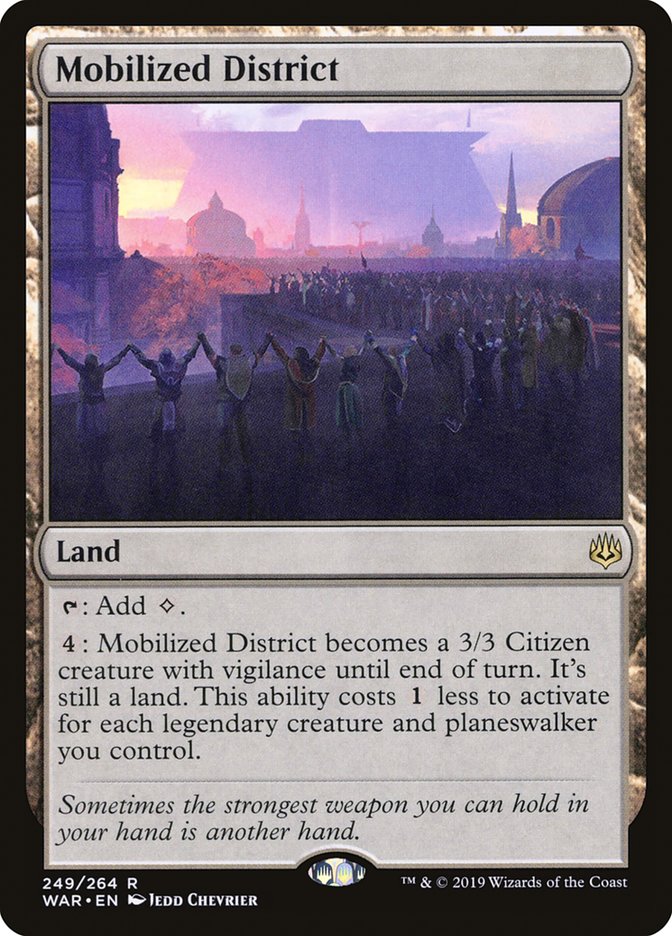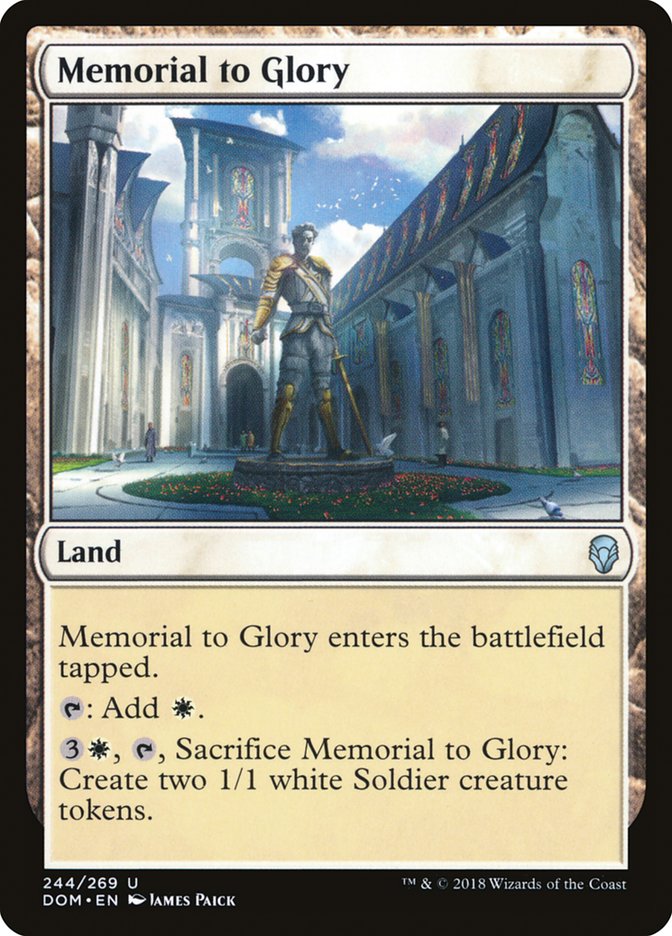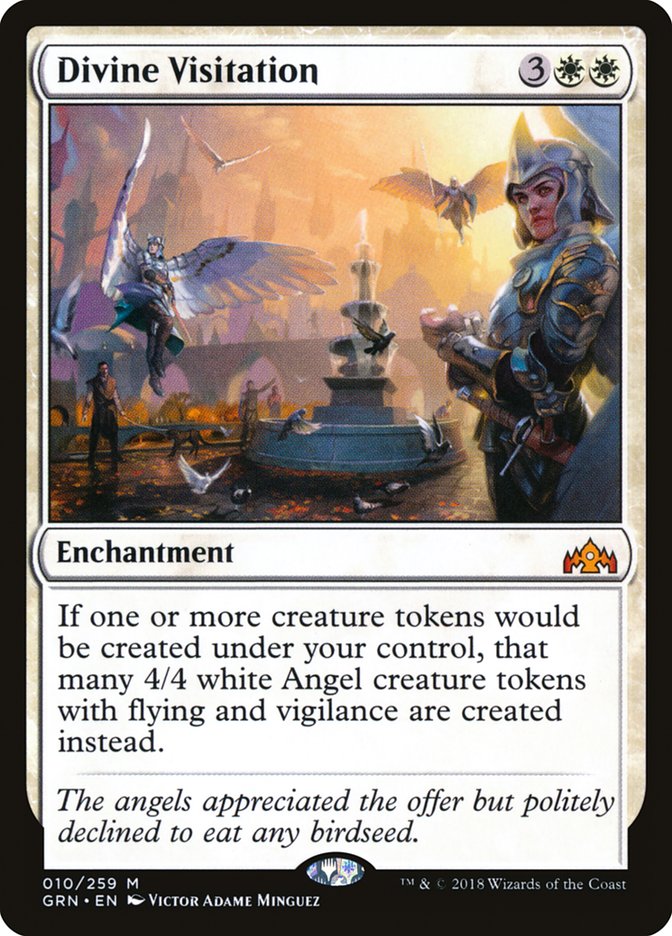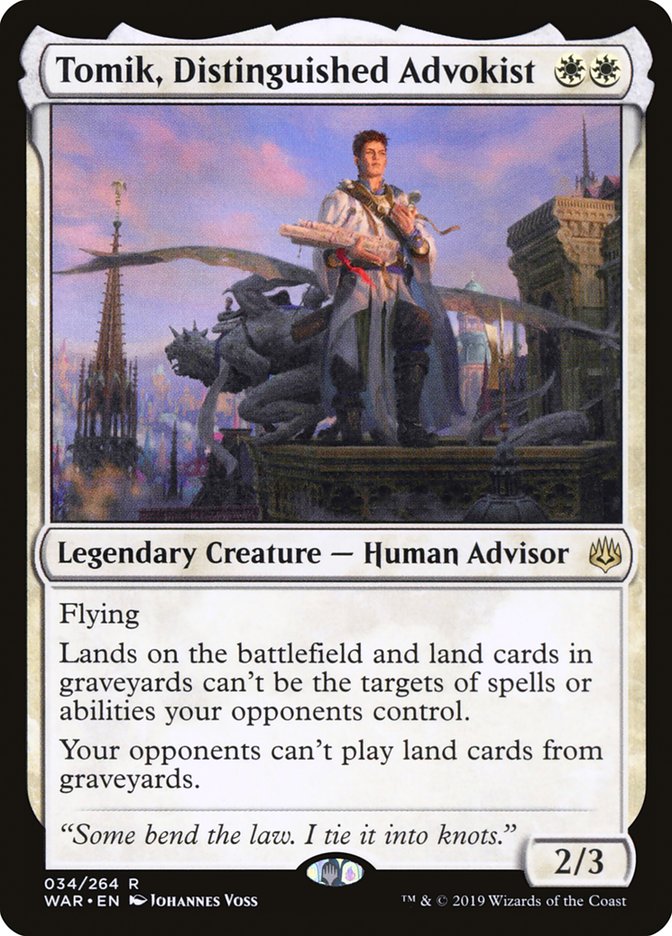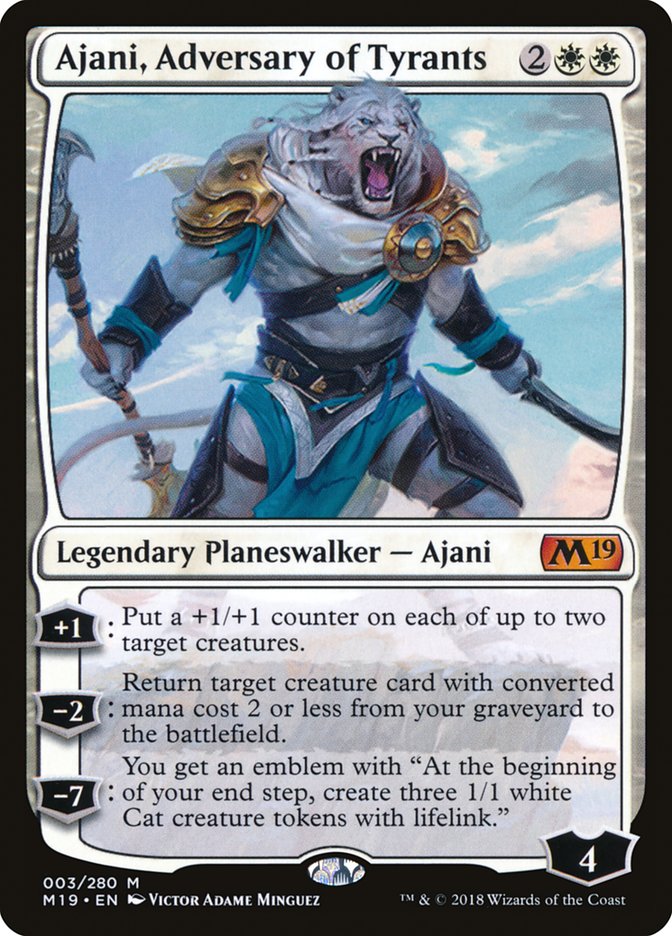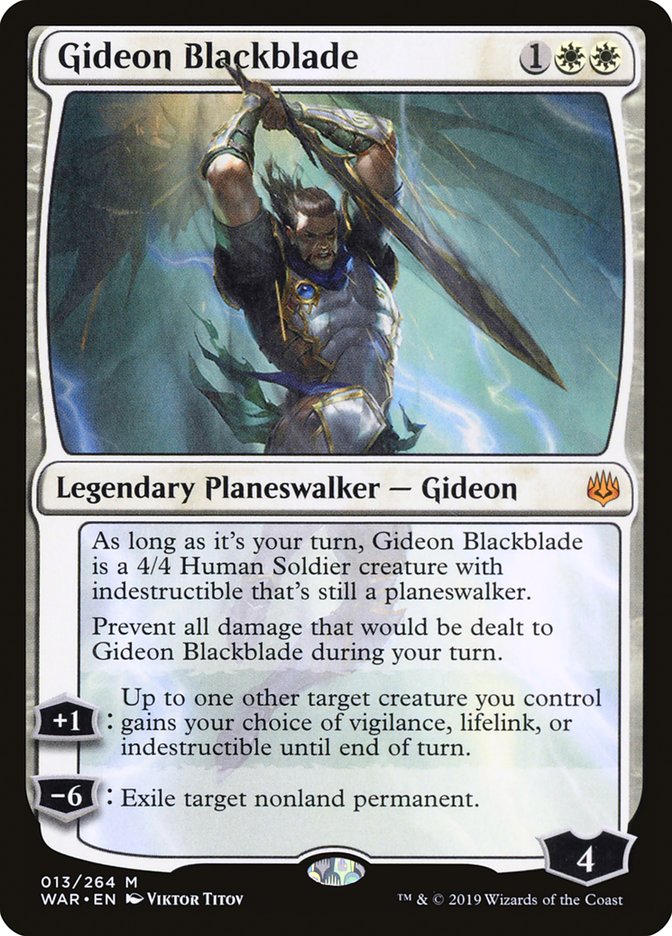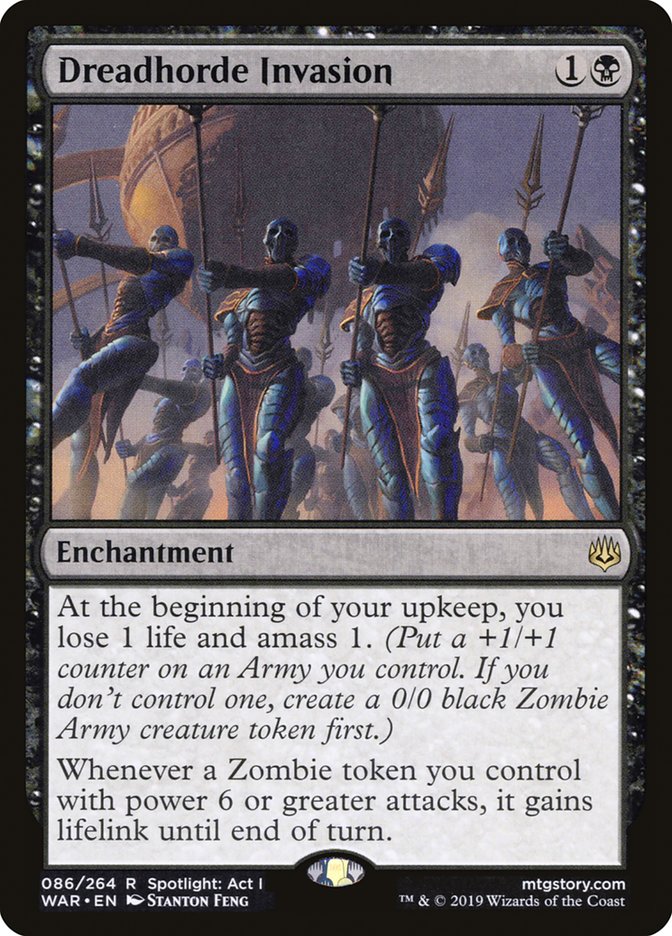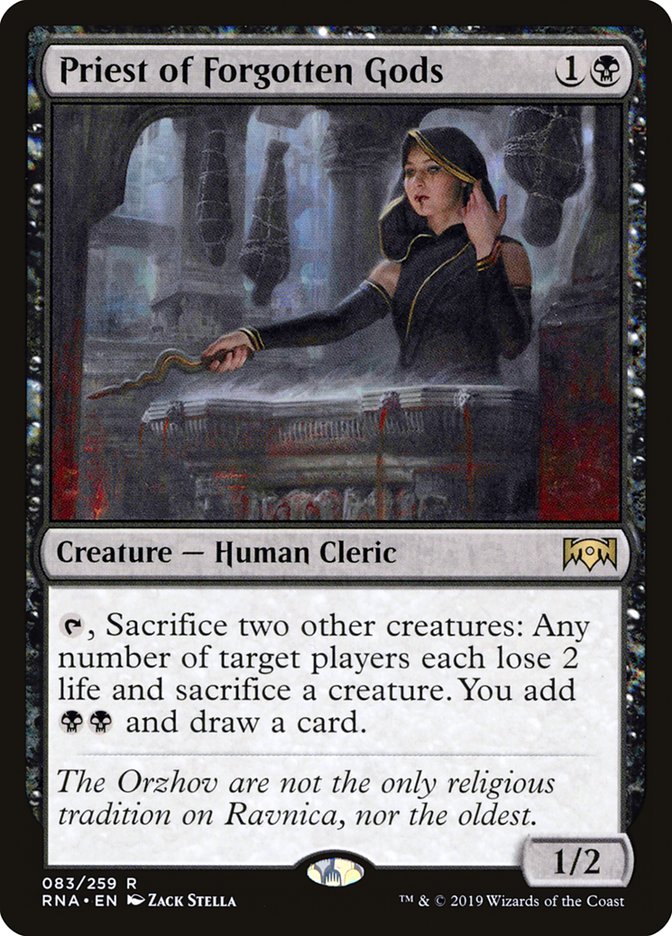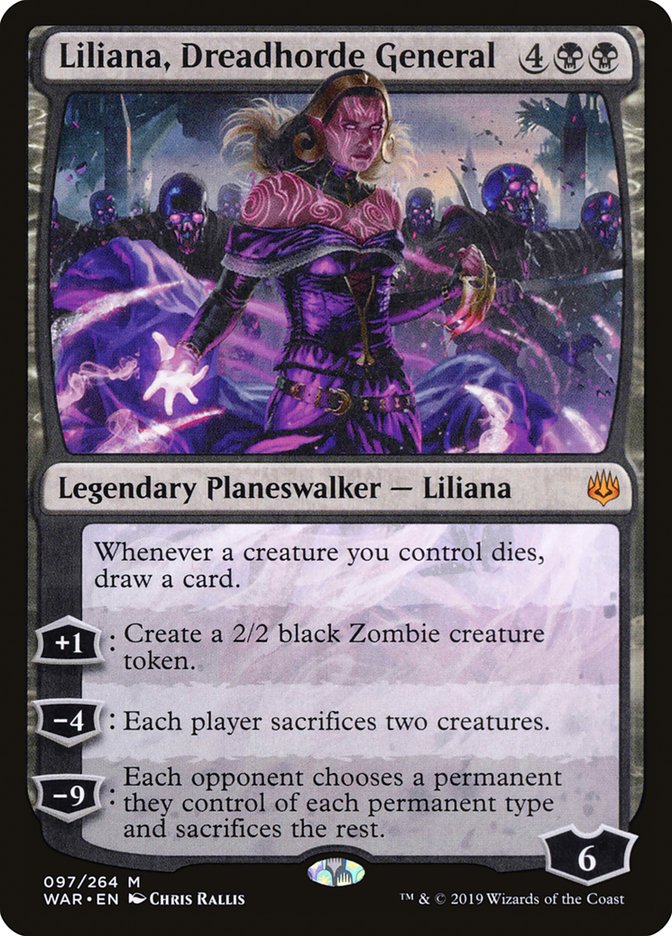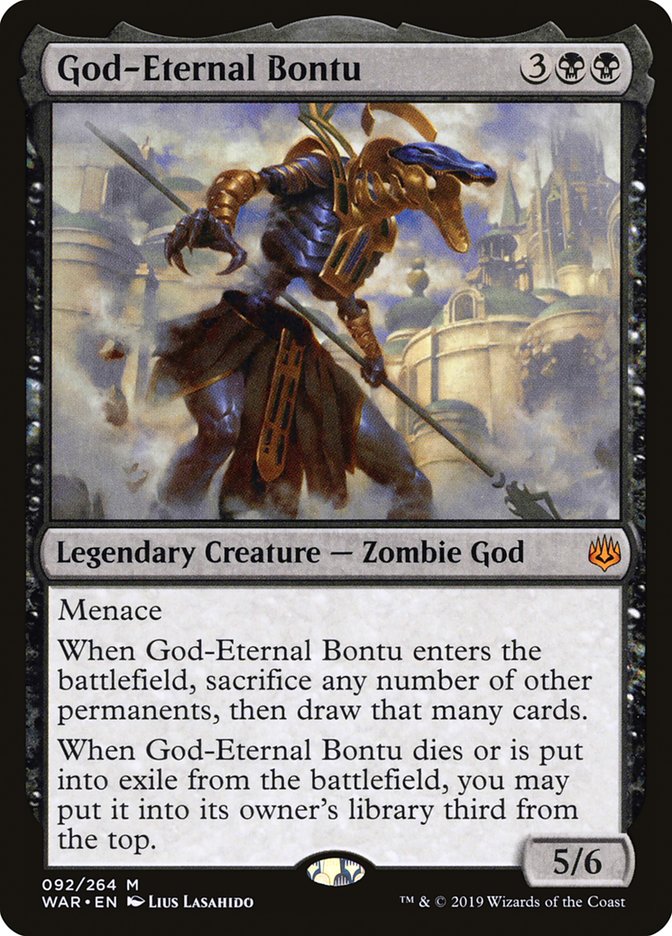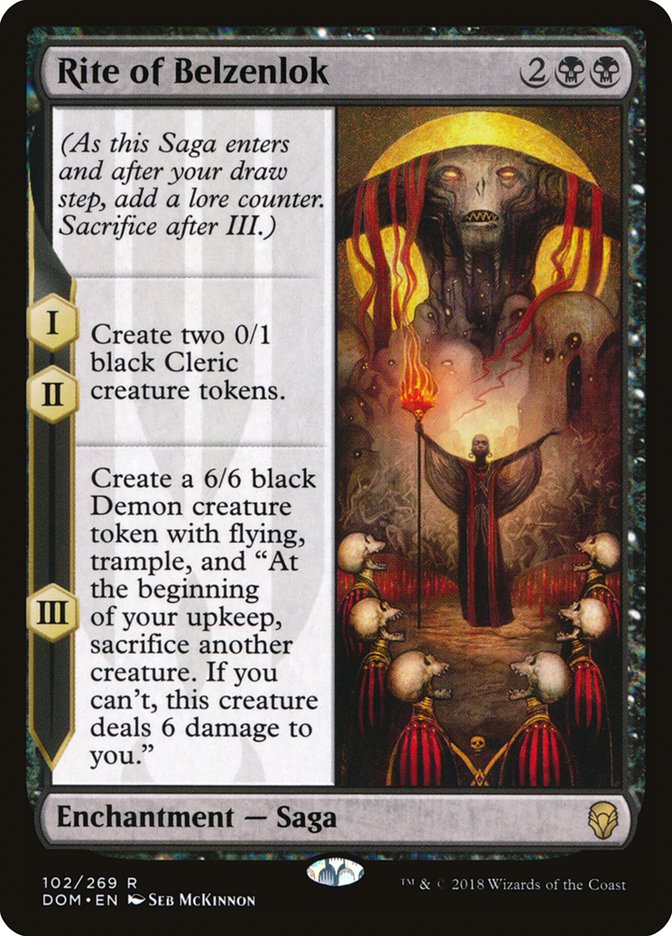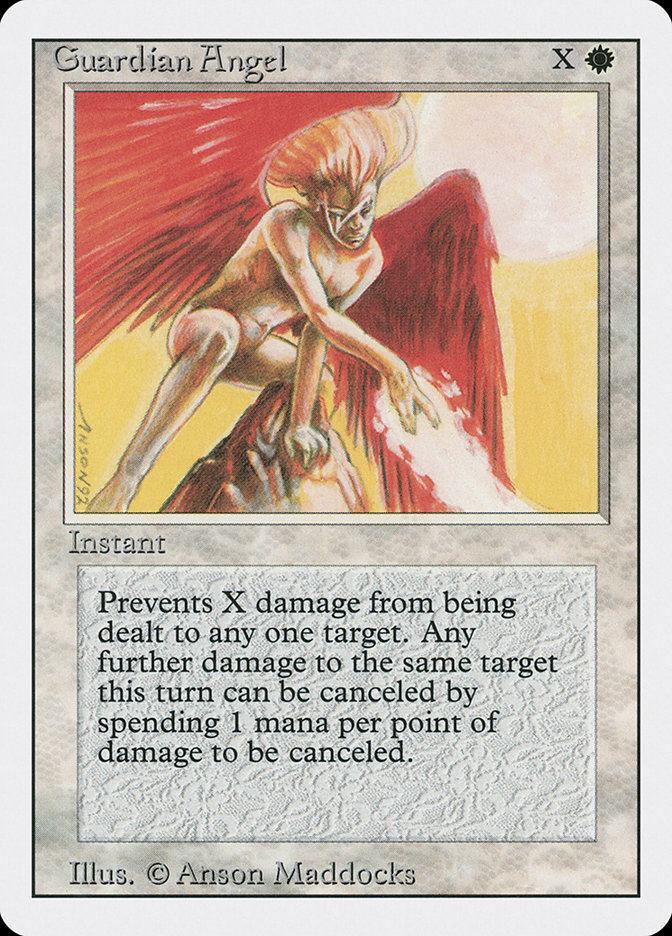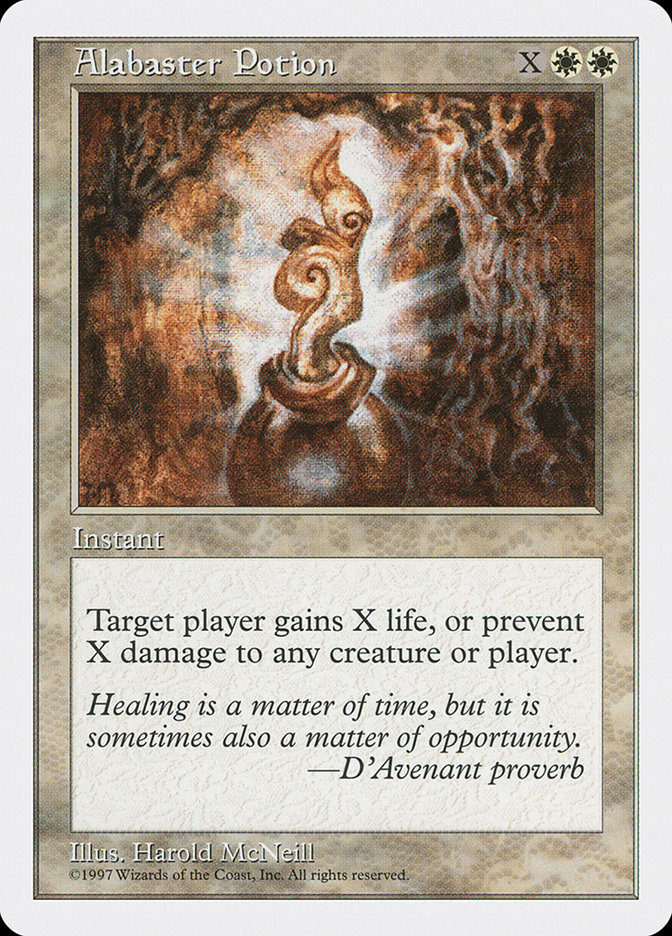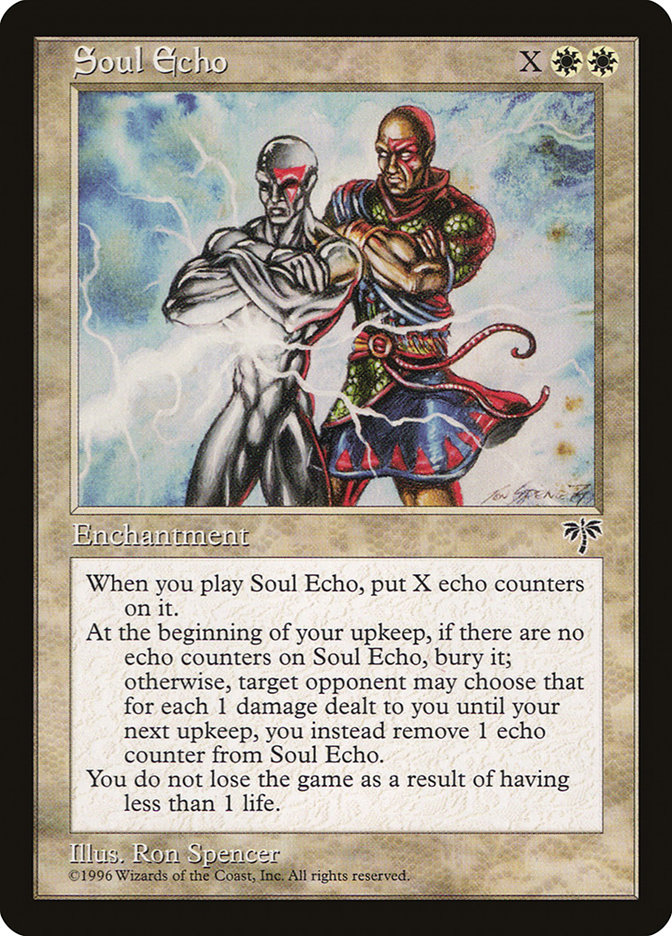White’s had one speed in Standard over the past six months. Fast.
It doesn’t always have to be mono-aggro all the time. One-mana 2/1s have been good since Savannah Lions and will likely stay that way throughout Magic‘s lifespan. Once in a while, though, white gets thrown a bone that allows it to go toe-to-toe in the mid- and late-game.
White X-spell token generators have quite the pedigree.
White doesn’t get versatile spells very often, so cards that can be cast for different costs for scaling effects are valuable. White’s weak on card selection, filtering, and general card advantage. Small creatures and Angels are what white gets. Every now and then a new taxing effect will come along. White can get unique answers to problematic permanents when the theme and flavor fit.
War of the Spark brings a new successor to the historic past of powerful X-spells.
“Just some 2/2s with vigilance,” you say. “Why is this mythic?” you ask. Well, there was once an extremely underrated card from Dominaria that “just made 2/2s.”
When History of Benalia was leaked without a rarity, people thought it was an uncommon! It didn’t take long for it to shoot up in value and become the most sought-after white mythic from Dominaria and get slotted into every aggressive white deck. Finale of Glory has a similar aspect and I believe it’ll be initially underrated by most players.
It’s unfortunate that History of Benalia and Finale to Glory make two different 2/2 vigilance creatures. History makes Knights, while the Finale makes Soldiers, so the final chapter of History of Benalia won’t pump your Finale of Glory tokens. Gotta make the creatures and classes for the lore of the plane.
Let’s check out some of the rates for Finale to Glory to check if you’re getting enough bang for your buck.
Here we have a three mana for a 2/2 vigilant Soldier. A poor Limited card and not close to a Constructed-level card. In a pinch without a different three-drop it’ll do to put something onto the battlefield.
Getting better. Gallant Calvary is most of what History of Benalia does. It’s nice to attack with both creatures the following turn, where History of Benalia staggers.
The most common mode of Righteous Confluence would be making the 2/2 vigilant Knights if it were ever to see light of one-on-one Constructed play. The Confluence cycle is pretty strong, as we see Mystic Confluence and Fiery Confluence seeing Legacy play and appearing in Cubes.
I’ve seen Assure // Assemble in some Selesnya sideboards, mostly for the Assure half to save a creature from a removal spell or sweeper. Assemble gets cast its fair share, much like Flourish of Flower // Flourish gets cast more than one would think. Eight power for six mana isn’t shabby.
I tend to view X-spells more like split cards. So far, Finale of Glory is a four-way split card that does passable impressions of each of the above cards. You pay a fee upfront for the options. Think of it as insurance.
So what white decks does Finale of Glory fit into?
Creatures (14)
- 4 Skymarcher Aspirant
- 1 Benalish Marshal
- 1 Dauntless Bodyguard
- 1 Hunted Witness
- 4 Tithe Taker
- 3 Tomik, Distinguished Advokist
Planeswalkers (6)
Lands (24)
Spells (15)

The land count has taken quite a jump from twenty to 24. This take on Mono-White ups the mana curve quite a bit and tends to play more like a midrange deck than an all-in beatdown strategy. But an important aspect of this design lies in the manabase itself.
We’re playing three legends and six planeswalkers for a total of nine ways to lessen the activation cost of Mobilized District. It’s not quite the next coming of Mutavault, but it’s pretty close. Like Celestial Colonnade, the vigilance can save you mana for later plays in the turn or to convoke Conclave Tribunal, and it’s not difficult to drop the activation cost of Mobilized District to two in a given game.
Memorial to Glory (Glory tribal?) ensures you still have a play after a sweeper effect. Along with the Legion’s Landing token, you can transform into Adanto, the First Fort from a low base. It’s also the easiest card to pair with Divine Visitation. Turn 6, you pass with instant-speed access to eight power of flying, which makes it difficult to attack or cast a planeswalker.
Divine Visitation has been a pet card of mine ever since Dominaria and pairs nicely with Finale of Glory. This version is loaded on token makers in Tithe Taker, Legion’s Landing, Memorial to Glory, Hunted Witness, and Finale of Glory. After sideboarding, you gain many more.
If X equals ten for Finale of Glory, your ten Soldiers become Angels and your ten Angels become Angels. Can you imagine something more intimidating than an Angel bursting out of another Angel’s chest?
I wrote earlier this month about how Tomik, Distinguished Advokist is now white’s best two-drop. Silverbeak Griffin had started seeing Standard play because white doesn’t have many good cheap flyers, at least not ones that survive Goblin Chainwhiler. A 2/3 body is bigger than what white typically gets as a base rate. Tomik blocks well and can fly over the larger ground creatures when the battlefield clogs up. Along with Skymarcher Aspirant, you finish off your opponent with an air force.
The sprinkling of one-ofs is mostly to have a variety of targets for Ajani, Adversary of Tyrants. Most of the time you’ll want to bring back Tithe Taker or Tomik, Distinguished Advokist. Sometimes you’ll want a Hunted Witness and the extra life the Vampire brings. Other times you’ll want a Dauntless Bodyguard to protect Tomik. Ajani threatens the opponent on a different axis and forces them to make proactive plays instead of turtling up.
Gideon Blackblade is a huge threat that is always a 4/4 on your turn due to his static ability. The +1 is usually lifelink, which can get you out of range of Mono-Red or other aggressive decks. Choosing vigilance can leave back a blocker to protect Gideon and indestructible can enable an attack you otherwise wouldn’t want to make to help transform Legion’s Landing. The -6 ultimate gives the deck an answer to any nonland threat without needing to dedicate slots to reactive cards.
Game 1, this take on a classic postures as a normal aggressive deck early, playing just enough cheap creatures to transform Legion’s Landing. In the mid-game, it’s all about protecting your planeswalkers and maximizing Mobilized District.
In sideboard games you go much bigger, doubling down on planeswalkers like Kaya, Bane of the Dead and Karn, Scion of Urza. You can go up to 26 lands and three Divine Visitation to give the control decks fits after they’ve brought in more pinpoint removal.
If you want a full-blown take on the Divine Visitation token plan, I got you.
Creatures (13)
Planeswalkers (4)
Lands (25)
Spells (18)

The next coming of Bitterblossom?
In a tokens deck, it’s typically better to have two 1/1s and one 2/2. The trick is to use up your 1/1 token quickly for value. A Divine Visitation will create a 4/4 flying vigilant Angel every turn rather than a mopey Zombie Army. Dreadhorde Invasion can get better in multiples, as you’re quickly accelerating to the six-power mark to turn on lifelink. The token’s most common use is fueling Priest of Forgotten Gods
People have tried to make Priest of Forgotten Gods work but nothing has quite come together. It was tough to assemble enough creatures to warrant sacrificing your battlefield presence for. Dreadhorde Invasion goes a long way to not overcommitting to the battlefield and also to ensuring you have at least one other creature to sacrifice.
A key missing component to the strength of Priest of Forgotten Gods was there was no good use for the two black mana. Decks with Judith, the Scourge Diva played small-ball without anything really big to cast. In this build, you can ramp out Divine Visitation, a large Finale to Glory, or Liliana, Dreadhorde General.
Liliana, Dreadhorde General completes the top-end of Orzhov Tokens. Her static of drawing a card when one of your creatures dies is amazing when you have a battlefield of nonsense tokens. She creates a 2/2 Zombie with her plus that can turn into an Angel with Divine Visitation and wrecks the opponent’s creatures with her minus. Her ultimate is mostly a pipedream, as you should’ve closed the game out by that time.
Just the one-copy of God-Eternal Bontu to follow through with the sacrifice theme. With three Divine Visitation, you don’t want to overload on your five-drop slot, especially when you’re casting a Finale to Glory for three some portion of the time. Still, God-Eternal Bontu is a sweet way to convert extra lands or tokens into new resources.
Rite of Belzenlok is yet another pet card of mine, which isn’t surprising given how much I like Divine Visitation. Five tokens for four mana is just what Orzhov Tokens is in the market for when feeding Priest of Forgotten Gods. It’s kind of funny how the 6/6 flying Demon shrinks with Divine Visitation, but not really all that big of a deal.
Don’t sleep on Finale of Glory. White X-spells tend to play out much better than they look. White sorely desires versatility and extra dimensions. They’re always good.
Okay, maybe not always…


